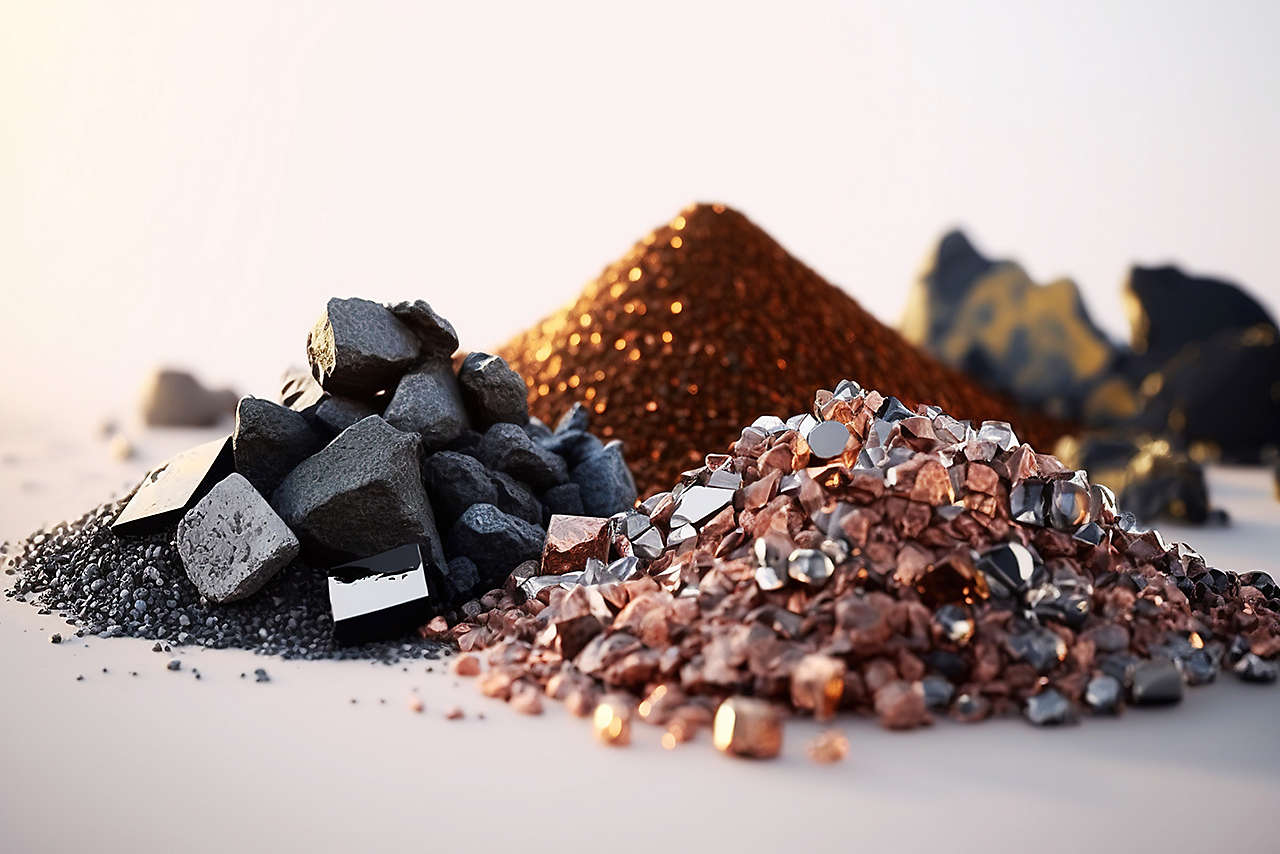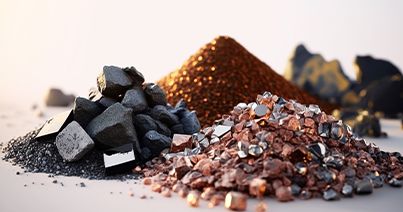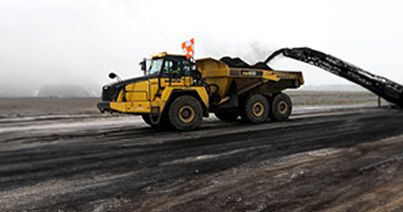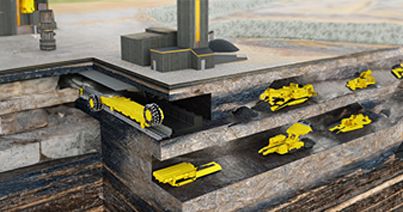
Separating valuable materials in mining is essential for enhancing efficiency, reducing environmental impact, and maximizing resource utilization. In this blog, we delve into key separation methods in mining, the types of machines used, and the components involved in maintaining maximum efficiency in the battle against corrosion and erosion.
What is Separation?
Separation can optimize mineral processing and ensure the sustainability of mining operations. It is essential for extracting elements from ores such as copper, iron, gold, potash, silver, and zinc. The process can also purify substances and prepare materials for further processing.
Benefits of Separation
In mining, separation processes facilitate the concentration of valuable minerals. Separation optimizes various industrial processes by isolating specific components. Several separation techniques allow for the removal of pollutants and contaminants from air, water, and soil, which can contribute to environmental cleanup efforts. The process also can segregate varied materials, promoting recycling and reducing the amount of waste sent to the tailing’s pond.
Separation Machine Types and Key Methods
There are diverse types of machines used for separating materials. Here are some common machines and methods used in separation processes:
Decanter Centrifuges: Used for the efficient separation of solids from liquids. It operates on the principle of centrifugal force, where the mixture of liquid and solid particles is subjected to high-speed rotation within a rotating bowl.
Gravity Separation Equipment: The machines used in these operations include jig separators which use pulsating water to separate particles based on their density or spiral concentrators. The centrifugal force separates minerals based on gravity. Heavy minerals settle faster in water. Some separation techniques include jigging, spirals, and shaking tables.
Flotation Machines: Widely used method for separating minerals from ore with an attachment of air bubbles to hydrophobic particles, allowing for selective separation. The process is widely applied in the separation of sulfide ores and is effective for separating valuable metals like copper, lead, and zinc from their water-based properties.
Magnetic Separators: These machines can use drum magnets that capture and separate magnetic particles from non-magnetic materials or magnetic pulleys that are Installed at the discharge end of conveyors. They attract and hold magnetic materials, separating them from bulk mats. This method is widely used in the processing of iron ore and other ferrous minerals.
Additional Separation Methods
Press Filters: Used to catch dust and other materials, these filters capture liquid-solid (slurry) of materials and squeeze them through a filter using pressure.
Electrostatic separation separates conductive minerals from non-conductive ones through electrical conductivity. This method is used for the separation of metals in mineral sands.
These machines and methods are just some of the equipment used in the separation processes. The choice of a particular machine or method depends on the materials being processed.
Decanter Centrifuge Components
Wear translates to expensive equipment repairs that can cause significant downtime. Equipment and components used in processing are especially susceptible to wear damage. With Kennametal’s extensive wear protection solutions, you can keep equipment running longer and performing better in extremely abrasive and high-impact environments. Here are some protective solutions for decanter machines.
Wipers are used to remove material build-up from centrifuge scroll. Wipers effectively scrape off residual materials, ensuring smooth operation and preventing blockages.
Feednozzles, also known as inlet or input nozzles, introduce materials into such as decanter centrifuge bowl. They prevent erosion protection from the feed material, preventing uneven wear, overloading, and potential damage to the equipment.
Discharge nozzles, also known as discharge ports, direct the flow of heavy phase in liquid-solid separation. They will endure more wear than feed nozzles. Kennametal offers Tungsten carbide Stellite materials to meet your exact requirements.
Flighttiles, also known as scroll tiles, are used to protect the rotating screw conveyor which moves the cake or material to the discharge ports. When the cake or discharge material is highly abrasive, tungsten carbide flight tiles are critical to maintain operating efficiency. The carbide flight tiles act as erosion-resistant armor for the conveyor.
Summary
Maintaining operational efficiency when battling corrosion or erosion during your separation process can cause wear on your equipment. But with the right equipment, methods, and components, you can extend the life of your machinery.
For additional information on finding the most effective separation equipment to fit your needs, contact our Kennametal experts.
Related Articles
- Buying Guide: The Road King Series of Cutters for MillingRoad rehabilitation is crucial for a smooth infrastructure. Learn about Kennametal's Road King line of conical cutting bits and what they are used for.Road rehabilitation is crucial for a smooth infrastructure. Learn about Kennametal's Road King line of conical cutting bits and what they are used for.
- Kennametal Collaboration Does Not StopKennametal tooling is helping PR Systems, a Seattle-based pavement milling company, go the distance - faster and with less downtime. Read more.Kennametal tooling is helping PR Systems, a Seattle-based pavement milling company, go the distance - faster and with less downtime. Read more.
- Kennametal Mining Bits Named Favorite Products in Bit Service Company's ArticleBit Service Company has been providing the highest quality tools to the mining industry since 1965 and CEO Scott Bahr is a huge fan of Kennametal bits. Read on for his favorite application-specific bits.Bit Service Company has been providing the highest quality tools to the mining industry since 1965 and CEO Scott Bahr is a huge fan of Kennametal bits. Read on for his favorite application-specific bits.



